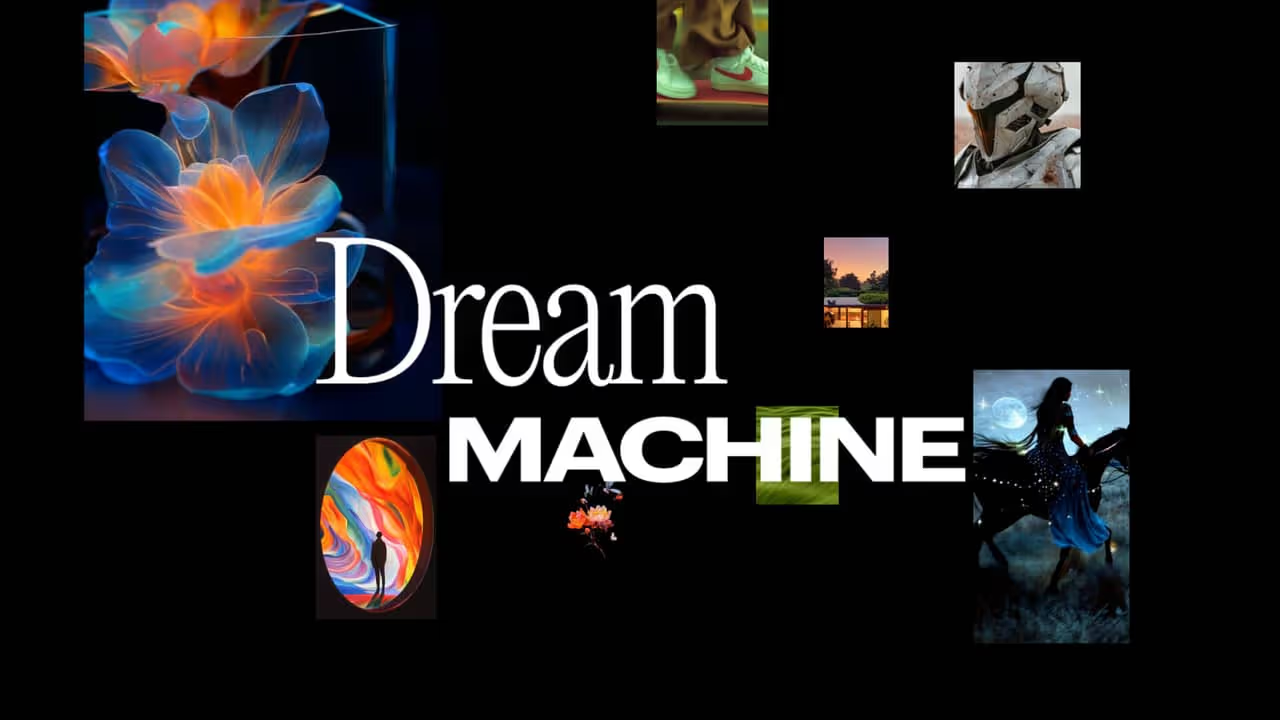
At Luma AI, we envision a future where artificial intelligence seamlessly blends vision, language, and reasoning to unlock boundless creative potential and transform the way humans interact with the physical and digital worlds. Our mission is to expand human imagination by building a new form of multimodal intelligence that generates and operates immersive, interactive environments accessible to all.
Driven by pioneering advances in generative AI, including state-of-the-art models like Dream Machine and Ray2, we create tools that empower creators across entertainment, education, and industry to produce photorealistic video and 3D experiences with unprecedented ease and richness. Our innovations amplify creative workflows while fostering collaboration between human ingenuity and intelligent systems.
By democratizing access to these powerful generative technologies through user-friendly platforms and APIs, Luma AI is shaping the future of storytelling, immersive design, and interactive media. We aspire to redefine creativity itself, enabling new forms of expression that inspire and connect people worldwide.
Our Review
We've been tracking Luma AI since their Dream Machine launch last June, and honestly? This startup has caught us completely off guard. What started as another AI video generation tool has evolved into something that's genuinely changing how creators work.
Founded by Alberto Taiuti and Amit Jain in 2021, Luma AI has raised an impressive $173 million from heavy hitters like Amazon and Andreessen Horowitz. But here's what really grabbed our attention: they've already hit 30 million users in less than a year.
Dream Machine Lives Up to Its Name
We spent weeks testing Dream Machine, and the results are striking. This isn't your typical AI video generator that spits out wonky clips with floating limbs. The quality is genuinely cinematic—we've seen indie filmmakers create sequences that look like they had Hollywood budgets.
The interface is refreshingly simple. Type a prompt, upload an image, or even feed it a video clip, and Dream Machine transforms it into something polished. We tested everything from product demos to short film concepts, and the consistency impressed us more than the flashy features.
What Sets Them Apart
Here's where Luma AI gets interesting: they're not just building video tools. Their vision of "multimodal general intelligence" sounds like marketing speak, but we're seeing it play out. Genie creates 3D scenes from text, while their Ray2 model handles complex motion with surprising accuracy.
Most AI video companies focus on viral social content. Luma AI is targeting professional workflows—and it shows. Major studios are already integrating their tools, which tells us they've cracked something important about enterprise-grade reliability.
The Real Test: Who Should Care?
We'd recommend Luma AI for two groups. First, creative professionals who need to move fast—game developers prototyping concepts, marketers testing ad ideas, or filmmakers exploring rough cuts. The free tier is generous enough for experimentation.
Second, studios and agencies ready to rethink their production pipelines. Their Dream Lab LA initiative shows they understand the cultural shift required, not just the technical one. That's rare in AI startups, and it gives us confidence they'll stick around as the hype settles.
Feature
Text-to-video generation from prompts or images
Photorealistic video and image creation
Advanced AI video generation with Ray2 and Ray3 models
Interactive 3D model generation with Genie
API access for integration
Creative incubator support (Dream Lab LA)








